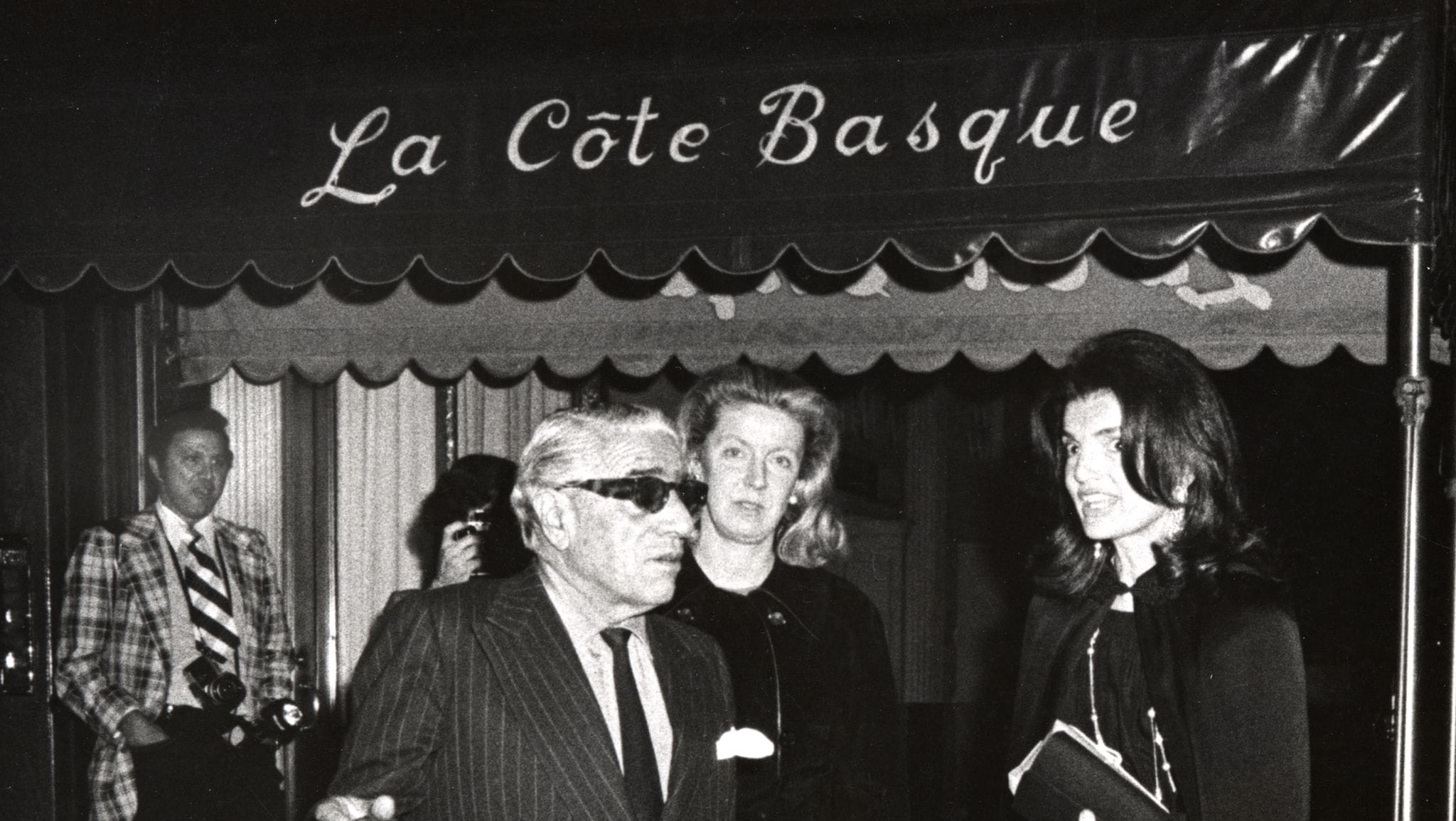Truman Capote’s Unfinished Symphony: Unveiling the Mystery of “La Côte Basque 1965”
Imagine a literary mystery, set against the backdrop of 1960s New York City. Truman Capote, the sharp-tongued wordsmith known for his intimate glimpses into the lives of the elite, pens a story titled “La Côte Basque 1965.” This isn’t just any story; it’s a scandalous exposé, a peek behind the gilded curtain of New York’s high society.
Capote, a confidante to socialites and celebrities, reveals their secrets, betrayals, and the less glamorous realities hidden beneath their wealth and privilege. “La Côte Basque 1965” was merely a taste of a grander vision – a chapter within Capote’s ambitious novel, “Answered Prayers.” However, the uproar caused by this single story cemented its legendary status, overshadowing even the unfinished novel itself.
Here’s the twist: the complete manuscript of “Answered Prayers,” including the full version of “La Côte Basque 1965,” has disappeared. It’s a literary treasure seemingly lost, leaving readers and Capote enthusiasts on a quest for its recovery.
Over the years, fragments of the story have surfaced, like whispered rumors in a grand library. These glimpses only deepen the intrigue. Did Capote himself destroy the manuscript, consumed by regret or fear of further repercussions? Or does it remain hidden, tucked away in a forgotten archive, waiting to be unearthed?
The allure of “La Côte Basque 1965” extends beyond mere gossip. Capote’s writing, both poignant and acerbic, delves into timeless themes: the intoxicating allure and perilous pitfalls of wealth, the yearning for social ascent, and the ephemeral nature of fame.
While the complete work may remain elusive, “La Côte Basque 1965” continues to captivate. It stands as a testament to Capote’s extraordinary talent and the enduring power of a story well told, even in its incomplete form. The search for the full text persists, adding another layer to this enduring literary enigma.
A Glimpse Behind the Curtain: What is “La Côte Basque 1965”?
Step back in time to 1975. New York City, a whirlwind of activity, finds itself captivated not by a Broadway premiere, but by a literary scandal. Truman Capote, the darling of the literary world, releases “La Côte Basque 1965,” a story that sends shockwaves through his inner circle.
Capote, known for his close relationships with wealthy socialites and celebrities, unveils their secrets through thinly veiled fictional characters. Infidelity, betrayal, and the often-unpleasant realities lurking beneath a veneer of glamour are laid bare for the world to see.
The fallout is immediate and dramatic. Friendships shatter, invitations disappear, and Capote finds himself facing the icy wrath of those he once considered confidantes. The experience leaves an indelible mark on him, arguably contributing to his struggles with addiction and the ultimate abandonment of his much-anticipated novel, “Answered Prayers.”
This is where the intrigue deepens. “La Côte Basque 1965” was intended as merely a single chapter within the larger narrative of “Answered Prayers.” The story’s impact, however, takes on a life of its own. The unfinished novel, forever intertwined with the scandal of this infamous chapter, becomes a literary holy grail—lost, perhaps destroyed, yet endlessly sought after.
“La Côte Basque 1965,” even as a standalone piece, offers a captivating glimpse into a world both alluring and repellent. It serves as a stark reminder that beneath the façade of wealth and social standing, human nature, with all its complexities and flaws, ultimately prevails.
Whispers and Speculation: What Secrets Were Revealed in “La Côte Babe 1965”?
Truman Capote, the celebrated author, cultivated a close-knit circle of glamorous, influential women he referred to as his “swans.” He was a fixture in their world, privy to their innermost secrets and vulnerabilities. Imagine their astonishment when, in 1965, Capote published “La Côte Basque 1965” in Esquire magazine. This wasn’t a work of fiction; it was a public unveiling of their carefully guarded lives.
The story became an instant sensation, its pages teeming with recognizable characters and thinly veiled accounts of their indiscretions. Capote exposed their infidelity, financial scandals, and carefully hidden pasts, all while maintaining a detached, almost anthropological tone. His “swans,” once his trusted confidantes, felt betrayed and exposed.
The consequences were swift and brutal. Friendships dissolved, invitations ceased, and Capote found himself exiled from the very society he had so deftly captured in his prose. The experience profoundly impacted him, likely contributing to his descent into substance abuse and the eventual abandonment of his highly anticipated novel, “Answered Prayers.”
Despite the controversy, “La Côte Basque 1965” continues to intrigue. It offers a raw, unfiltered glimpse into the lives of the ultra-wealthy, dismantling the illusion of effortless perfection. The story ignites debates about the ethics of art imitating life, the seductive power of ambition, and the delicate balance between privacy and exposure in a world obsessed with status and celebrity.
- Unveiling the Enigma: Mansoureh Khojasteh Bagherzadeh’s Public Appearances & Private Life in Iran - July 18, 2025
- Unveiling the Mystery: Mansoureh Khojasteh Bagherzadeh’s Husband: A Rare Glimpse into a Private Life - July 18, 2025
- Unveiling Masoud Khamenei’s Mother: Power, Influence, and Iran’s Future - July 18, 2025
















